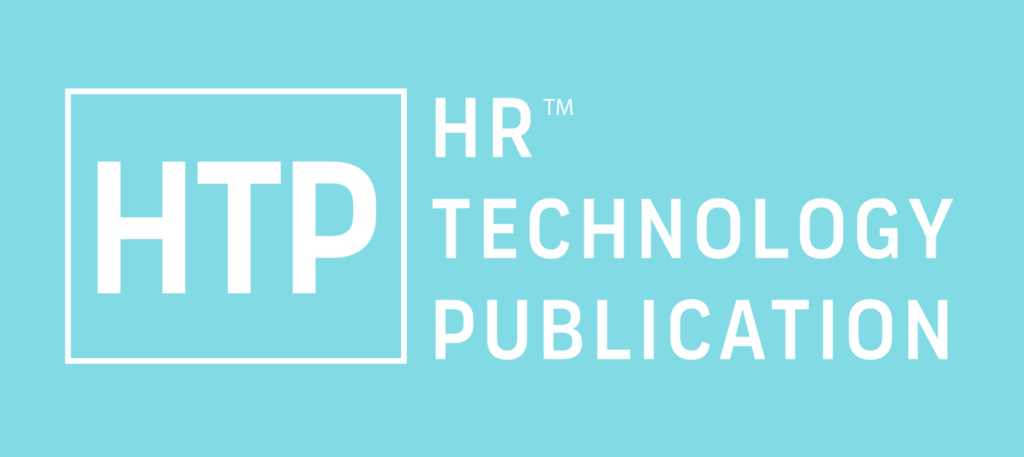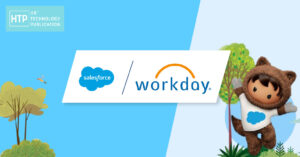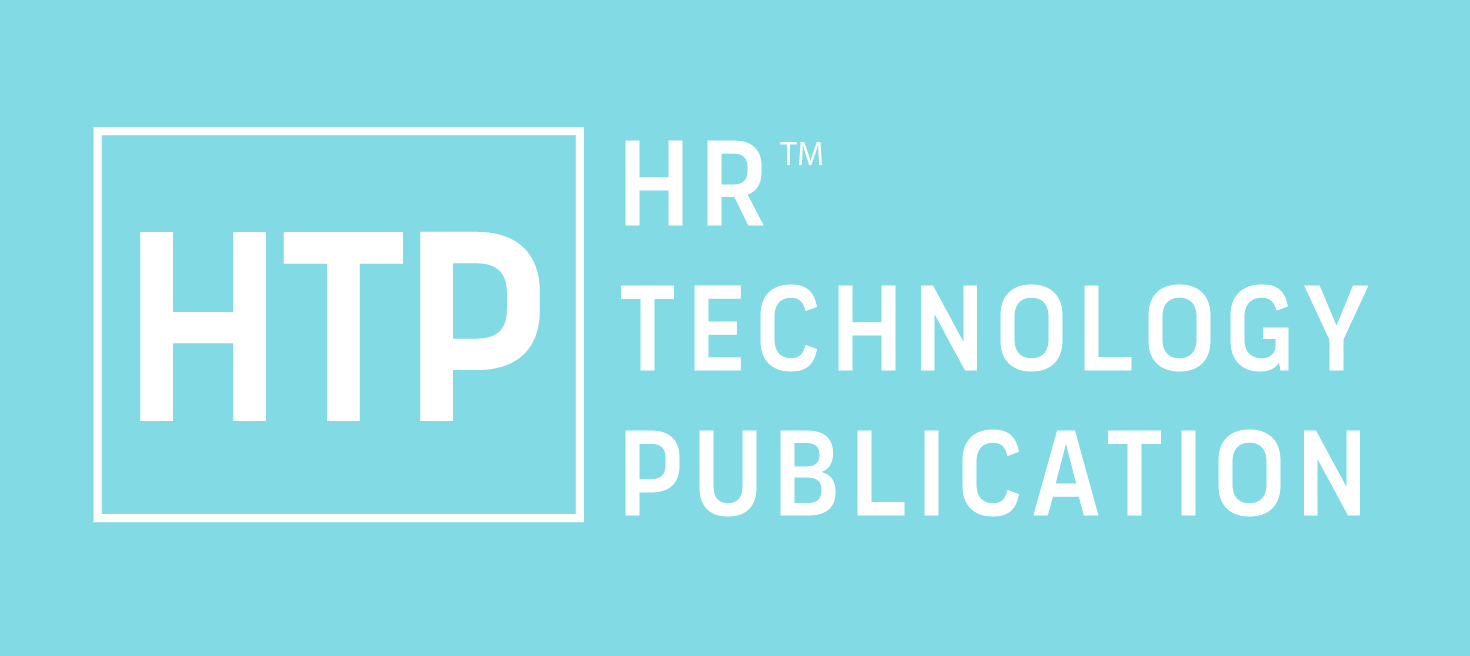In the modern workplace, diversity, equality, and inclusion (DEI) is a hot topic, with more and more companies actively seeking to spur significant change.
Though many firms place a high value on DEI, improvement programs frequently lack the objective tools necessary to spur progress, pinpoint issues, and develop solutions.
Understanding the main distinctions, elements, and metrics that comprise DEI is the first step toward improving it.
As you can see, inclusion, equity, and diversity are all systemic in nature. Biases are not isolated incidents; rather, they are closely related to one another:
- The existence of “difference” in your organization is known as diversity. A diverse range of ages, races, genders, sexual orientations, views, faiths, levels of education, and other characteristics are represented in the workforce.
- Providing equal and consistent opportunities in all areas of employment is a key component of equity. It’s crucial to make sure that different demographic groups receive the same opportunity, pay, and representation when you have a diverse workforce.
- To be inclusive in work means to embrace difference. Only when all employee demographics are treated equitably and given the opportunity to present as their true selves, differences and all, will the many advantages of a diverse workforce become apparent.
Put differently, there is only so much that a fair hiring process with varied sourcing can accomplish throughout the selection process. If your company isn’t inclusive and egalitarian as well, you won’t be able to keep these workers or even welcome them.
Nevertheless, because there are more available positions, recruiters, and applicants when hiring at scale, DEI activities are exceedingly challenging to quantify. Diversity statistics can help with that.
Information for a diagnostic
You must first identify the gaps in your company’s DEI plan before you can start filling them. To choose where to begin and intensify your efforts, you must collect data on diversity, equity, and inclusion within your company.
In actuality, the belief that the workforce is adequately diverse stands in the way of an organization’s efforts to increase diversity and inclusion.
Ongoing gathering of data
After determining where to begin, you must maintain ongoing data-gathering initiatives for every stage of the employee lifecycle, including hiring, screening, and remuneration as well as engagement, pay, advancement, and attrition.
It is important to keep an eye out for examples of bias or unjust treatment in each of these areas.
For instance, we created a framework for measuring diversity and inclusion (D&I) and implemented a set of pre-employment tests for one of our clients, allowing them to view their diversity and inclusion numbers for every location with ease.
In this approach, they are able to quantify the bias that exists throughout the hiring process with regard to a candidate’s name or migratory background, in addition to the variety of genders and generations.
Finding the regions most impacted by bias is made simple by the readily available collected data on a dedicated D&I dashboard within the Harver platform.
An illustration of metrics that our platform can track and display is shown below.
Sourcing: Sourcing metrics contrast the number of varied applicants from the potential pool with the number of applicants from open opportunities. When it comes to determining obstacles to entry for underrepresented groups and spotting discriminatory hiring practices, sourcing data can be extremely helpful.
Selection: Metrics used in the selection process measure candidates who belong to diverse groups in comparison to those who do not. These indicators are helpful in detecting bias in the recruitment process during the evaluation and selection phases.
The percentage of employees from diverse groups is the main emphasis of representation statistics, which is compared to industry and corporate benchmarks. You can use this measure to find out which groups are underrepresented in your company.
Sourcing: Sourcing metrics contrast the number of varied applicants from the potential pool with the number of applicants from open opportunities. When it comes to determining obstacles to entry for underrepresented groups and spotting discriminatory hiring practices, sourcing data can be extremely helpful.
Selection: Metrics used in the selection process measure candidates who belong to diverse groups in comparison to those who do not. These indicators are helpful in detecting bias in the recruitment process during
Representation: The statistics pertaining to the percentage of employees belonging to diverse groups in relation to industry and corporate benchmarks. You can use this metric to determine whether groups in your organization are underrepresented.
Retention: Retention metrics examine how long individuals from different backgrounds have been with your company on average as opposed to the average duration of all employees. You can thus ascertain whether particular groups are dissatisfied with their current situation.
Promotion: Promotional data monitors the number of promotions given to members of various groups relative to those who do not. This is useful for figuring out whether groups have a higher or lower chance of getting promoted at work.
Development: Data on development keeps track of chances for learning and development, training, lateral moves, and other activities by employee group. This aids in detecting prejudice pertaining to the advancement and development of employees.
Pay and Benefits: Compensation data contrasts the monetary and non-monetary rewards received by employees from various employee groups with those from non-diverse groups. This is helpful in detecting compensation-related prejudice.
Engagement: measures are used to compare the satisfaction levels of diverse employee groups to those of non-diverse groups. This enables you to determine whether particular groups exhibit higher or lower levels of engagement at work than others.
Conclusion
DE&I is essential to building and sustaining a productive workplace that is based on the idea that everyone can succeed both personally and professionally. Bringing individuals from different backgrounds together produces innovative and creative ideas. More significantly, a DEI strategy helps create an environment where all workers believe their unique qualities are what make them valuable—not because of their differences, but precisely because of them.
According to Colman, “every employee should feel valued at work, by their peers and their employer.” “Making sure that every person knows and feels welcome at your organization is more important than simply extending an invitation to everyone.”




